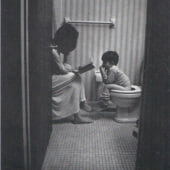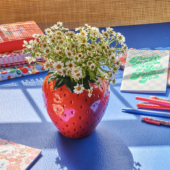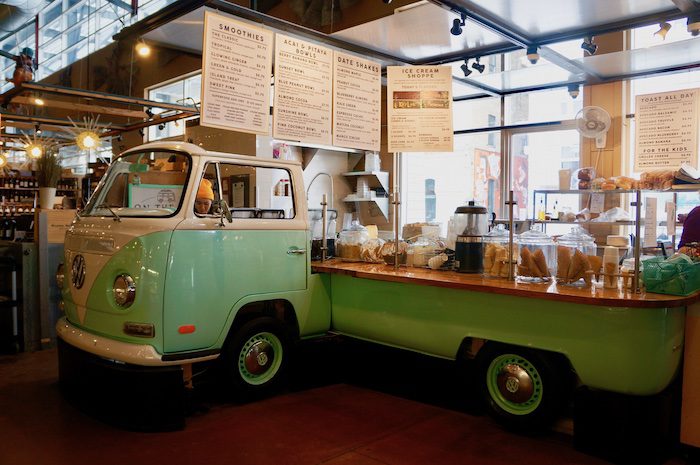
On the heels of our conversation about childhood independence last week—I asked at what age you thought your kids might be able to be on their own afterschool—I read an excerpt from Dr. Damon Korb’s book, Raising an Organized Child: 5 Steps to Boost Independence, Ease Frustration, and Promote Confidence. His idea is simply that to create independent thinkers and problem-solvers, you have to take a step back and let them do things for themselves. “You go from a coach to a manager to a consultant,” he says.
But what I found compelling was his understanding that acting on such a goal doesn’t always feel so simple.
For example, no matter how many different approaches we seem to take to the on-time, out-the-door, to-do list, it’s really challenging to get everyone on their way without their forgetting something or one of us losing our cool. This, he agrees, is one of the things parents most commonly complain drives them nuts!
“The key,” he explains…
“is to meet them at their level of development and gradually push them forward by challenging them to learn new skills. … When they’re 5 years old, they can be getting ready for bed, putting on their PJs, brushing their teeth, using the bathroom, or picking out their clothes,” he says. “8 and 9-year-olds can be taking baths and making their own lunches, or following homework instructions by themselves. When they’re 10 and 12, they can be packing for a trip by themselves. There’s all different levels of independence that we can give them at different ages.”
But regardless of the stage your child is at (and he gives guidelines for milestones), that means five actionable steps.
He broke them down in terms of third graders making their own lunch for Good Housekeeping:
Be consistent. “With any rule, boundary, or limit that you create in your family, it only works if you enforce it consistently.” For example, “If you make your child’s lunch when you’re running late, then your child has an incentive to run late.”
Introduce order. “There’s a beginning, a middle, and an end to every process.” Break tasks into steps, and don’t expect perfection right away.
Give everything a place. “And once your child gets used to the satisfying feeling of knowing where everything in the kitchen is, you can apply that skill to backpacks, shoes, homework, and important.”
Practice forward thinking. This is all the planning and estimating that goes into making lunch. “It’s things like, ‘Gosh, I’m going to be running a lot today at school. I should probably pack two drinks instead of one.'” It gets kids thinking about the bigger picture.
Promote problem-solving. For lunch-making, problem-solving is helping them work out kinks, like whether or not they leave themselves enough time to prepare lunch in the morning, or how they can pivot if they realize they’re out of necessary ingredient.
I thought it was really interesting that many of you who commented last week linked afterschool independence with the expectation of some sort of task or responsibility. That goes hand-in-hand with the sort of guidance given here.
In other words, perhaps it’s time that ask our third grader to consistently make his own lunch?
What do you think? On what tasks or chores are you consistent? And how do you get out the door on time in the morning?
P.S. Other “Something I read” posts, like “Catastrophic Happiness” and “What did you fail at?”And, of course, “The Secret to Getting Kids to School On Time.”
[Also, here’s a great (short) interview between Lisa Mullins and Dr. Kory on WBUR’s Here & Now from this past July. Raising an Organized Child is published by the AAP; it “provides appropriate age-based milestones for organizational skills” and “covers neurotypical children as well as those with ASD, ADHD, or other conditions.” / Photo via Paul & Paula]






































14 Comments